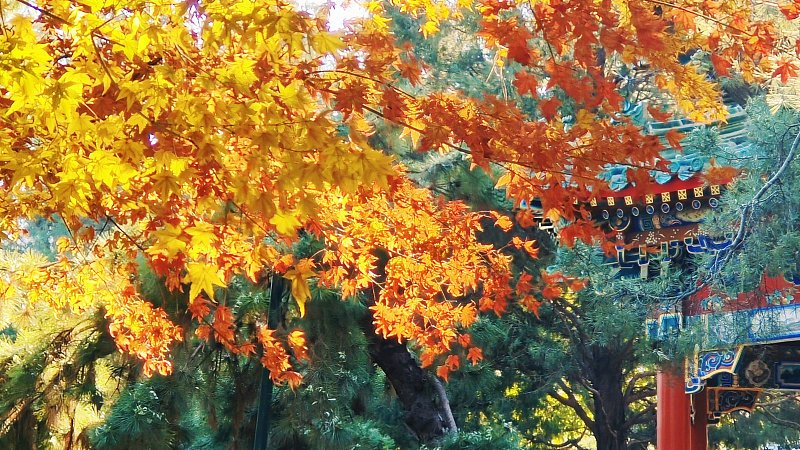The Yao ethnic group, among the oldest in China, celebrates a unique and vibrant festival that encapsulates their rich cultural heritage. Known as the Panwang Festival, this grand celebration occurs annually on the 16th day of the tenth month of the traditional Chinese calendar. On this day, Yao communities across southern China unite in festivities to honor their ancestor, King Pan, through an array of cultural expressions, including song and dance. This festival is not only a celebration but a vital link to the past, preserving the essence of Yao traditional culture.
With a history spanning more than 1,700 years, the Panwang Festival is steeped in tradition and ritual. The festivities begin with a fixed procedure of making offerings to Panwang. Altars are meticulously set up, and idols are respectfully hung. The ceremony commences with the firing of three musket shots, followed by a chorus of firecrackers, signaling the start of the ritual. Elders then present sacrifices at the altars, including pig heads, sticky rice cakes, chicken, and wine, as symbols of reverence and gratitude. As these offerings are made, the community bows in silent prayer, a collective act of respect and remembrance for their revered ancestor.
The Panwang Festival is also a time of joyous artistic expression. Central to the festivities are the “Panwang Song” and “Panwang Dance,” both of which are integral to Yao cultural identity. The “Panwang Song,” known as the “Great Panwang Song,” is an epic collection of Yao poetry. This oral tradition serves as a living repository of the Yao’s history and culture, encompassing mythology, legends, ancient events, and everyday life aspects like entrepreneurship, migration, farming, hunting, love, and marriage.
The “Panwang Dance” is a dynamic and symbolic performance, accompanied by the rhythmic beats of drums and gongs. The dance narrates scenes from Yao history, depicting ancestors engaged in farming, hunting, and military expeditions. Through their intricate movements, the dancers bring to life the stories and struggles of their forebears, showcasing the community’s resilience and spirit.
In May 2006, the Panwang Festival was officially recognized as part of China’s national intangible cultural heritage by the State Council. This recognition underscores the festival’s significance in preserving and promoting the cultural identity of the Yao people. Today, the Panwang Festival transcends its traditional roots, attracting tourists from across the globe. Visitors are drawn to the festival’s vibrant atmosphere, eager to experience the rich tapestry of Yao culture.
The Panwang Festival has thus evolved into a cultural bridge, connecting the Yao people with the wider world. It offers a window into the soul of one of China’s oldest ethnic groups, celebrating their enduring traditions, artistic expressions, and historical legacy. For those seeking to immerse themselves in the depth and diversity of China’s ethnic heritage, the Panwang Festival presents a captivating and enriching experience.
READ MORE:
